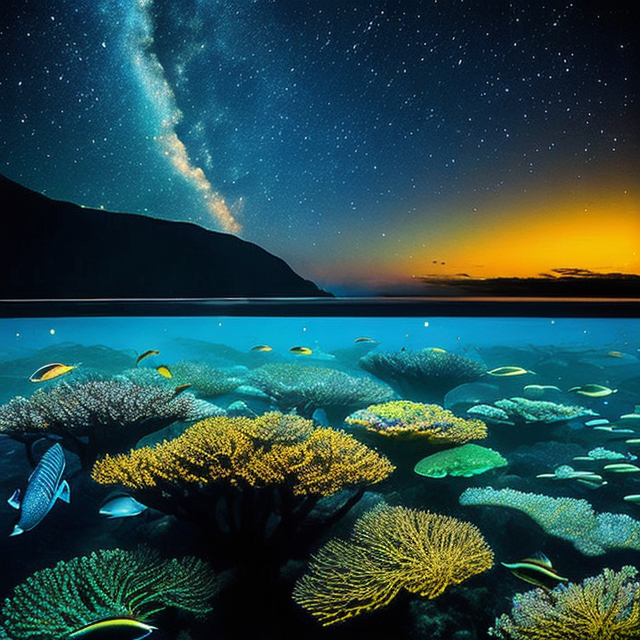|
|
Space Astro
|
Info for exoplanet "Kyoepote-ame"
| Scientific (actual) data |
|---|
| Name | Kepler-1407 b |
| Planet status | Confirmed |
| Radius | 0.201 |
| Orbital period | 20.0711 |
| Discovered | 2016 |
| Updated | 2021-02-05 |
| Tconj | 2454970 |
| Publication | Announced on a website |
| Detection type | Primary Transit |
| Alternate names | 2MASS J18554618+4128177 b, K03004.01, KIC 6103377 b, KOI-3004 b, KOI-3004.01, WISE J185546.18+412817.5 b |
| Star name | Kepler-1407 |
| Right ascension | 283.94° |
| Declination | 41.47° |
| Mag j | 13.848 |
| Mag h | 13.525 |
| Mag k | 13.489 |
| Star distance | 1275 |
| Star metallicity | 0.05 |
| Star mass | 1.1 |
| Star radius | 1.15 |
| Star age | 3.24 |
| Star temperature | 6010 |
| Star alternate names | 2MASS J18554618+4128177, KIC 6103377, KOI-3004, WISE J185546.18+412817.5 |
| Wikipedia article | Kepler-1407 b |
Back
| |
| Fictional info (?) |
|---|
| Suggested name | Kyoepote-ame |
| Planet type | Cold planet |
| It has the longest rotation period (445 days) of any planet in its solar system and rotates in the opposite direction to most other planets.
It was the one of the first exoplanets visited by a spacecraft, and one of the first to be successfully landed on.
Its north and south poles, therefore, lie where most other planets have their equators. |
| Atmosphere | Ammonium hydrosulfide (NH4SH) | 58% |
| Krypton | 29% |
| Nitric oxide | 11% |
| Xenon | 0.69% |
| Atmospheric pressure | 80 bar |
 |
| No known satellites |
| Google search for Kyoepote-ame |
|
Website by Joachim Michaelis
|
|
|
|